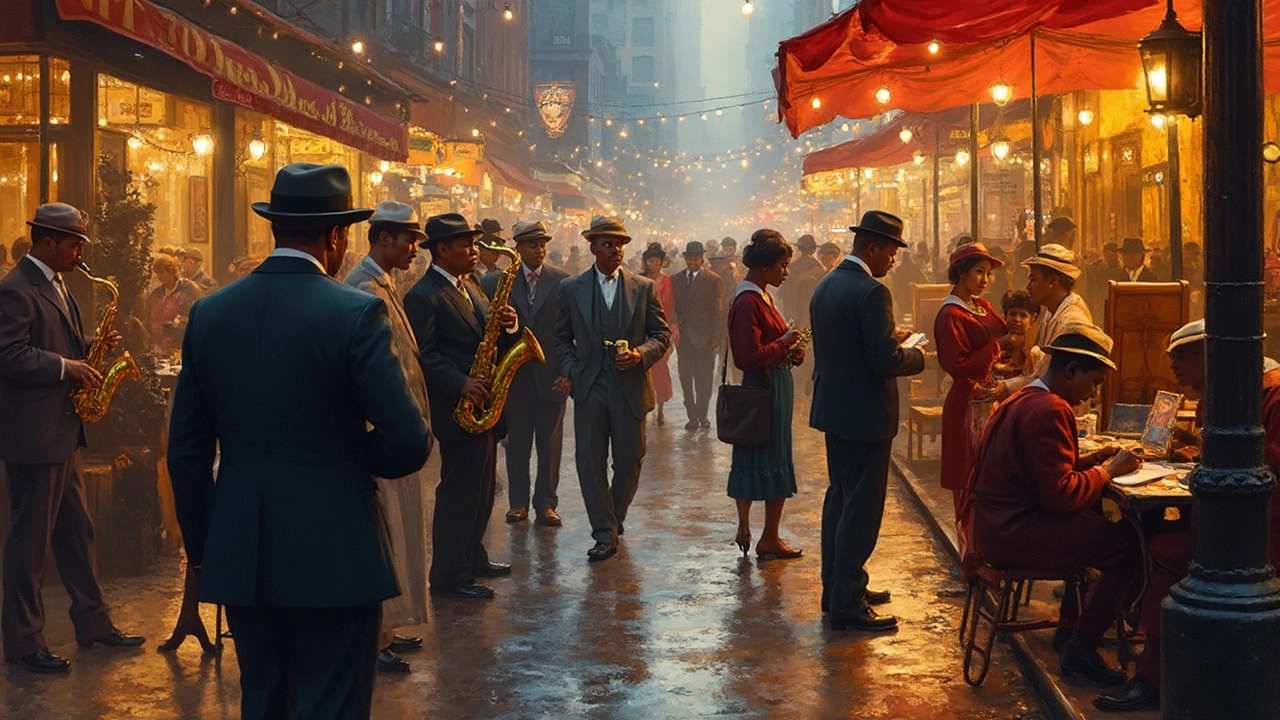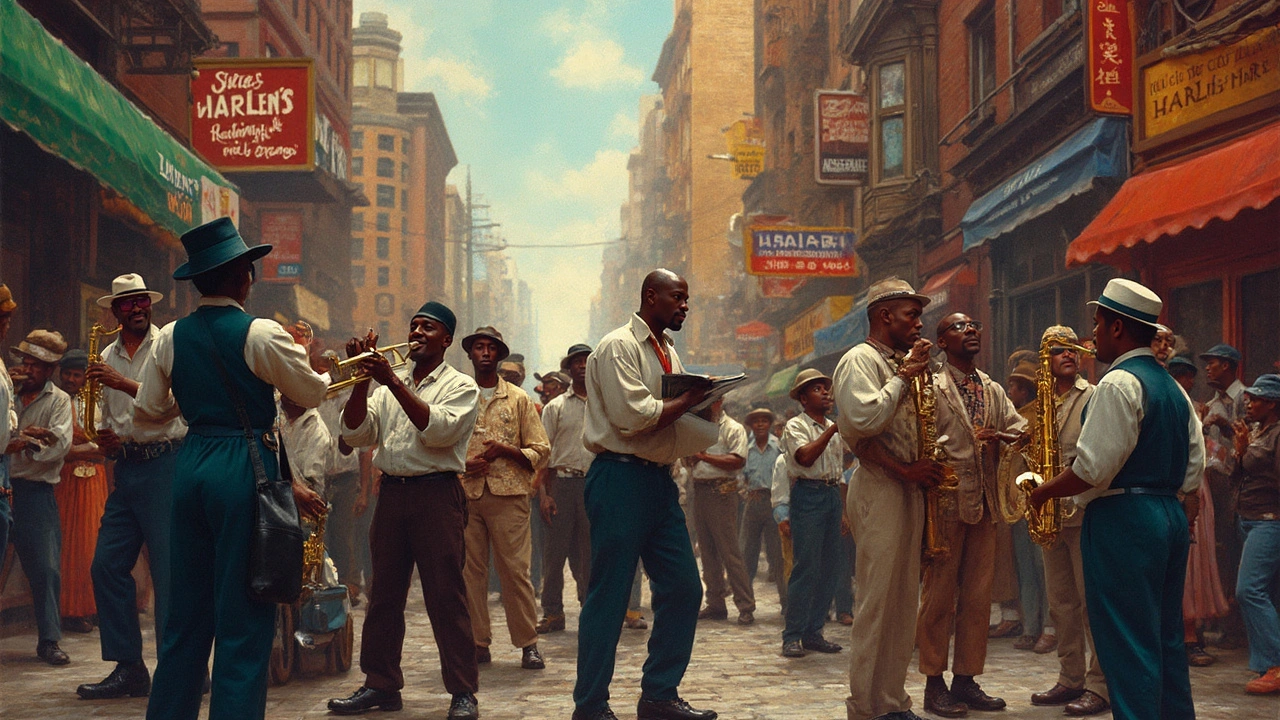1920s Art: What to Look For and Why It Still Matters
The 1920s were a wild, creative decade. Artists and designers threw out old rules and built new ones that still shape what we see every day—furniture, posters, even apps. If you want to understand or collect art from this time, start by spotting the movements and what each one wanted to do.
Look for big ideas in clean forms. Bauhaus pushed simplicity and function: simple shapes, clear lines, furniture that works and looks modern. If a piece feels practical and stripped-down, it probably carries Bauhaus DNA. That’s why Bauhaus shows up in modern interiors and product design.
Constructivism came from Russia and favored geometry and bold, political messages. Think strong diagonals, stark contrasts, and art that talks to public life. Those visual choices ended up in posters, architecture, and later digital graphics.
The Harlem Renaissance was different in tone but just as influential. It centered Black writers, painters, and musicians who reshaped American culture. In paintings and posters from this era you’ll see vibrant color, portraits of everyday life, and a focus on identity and community. If you want emotionally rich work, start here.
How to spot 1920s styles in the wild
Check materials and techniques. Bauhaus pieces often use metal, glass, and plywood. Constructivist works favor photomontage and typography. Harlem Renaissance art focuses on portraits, jazz scenes, and cultural symbolism. If you’re looking online or in a gallery, use those clues to narrow down the movement.
Don't ignore lesser-known threads. Futurism pushed speed and machines, which later influences posters and urban planning. De Stijl gave us grid-based compositions and primary colors—handy for graphic design lovers. These smaller branches explain a lot about why modern design looks the way it does.
Practical tips for collectors and decorators
If you want to bring 1920s spirit into your space, pick one strong element: a Bauhaus lamp, a Constructivist print, or a Harlem Renaissance portrait. Mix carefully. A single bold piece anchors a room better than lots of mismatched objects.
For buyers, provenance matters. Look for clear history, dates, and photos. Reproductions are common—perfectly fine for decor, but less so for investment. If you’re unsure, ask for a condition report or a curator’s opinion.
Want to learn more fast? Read focused essays on Bauhaus, Harlem Renaissance, or Constructivism. Look for museum guides and artist lists from the era. That gives you a short, practical route from curiosity to confident choices.
The 1920s aren’t just history. Their ideas—function, social purpose, bold form—still shape art, design, and city life. Spot those ideas, and you’ll see how the past keeps showing up in the present.


